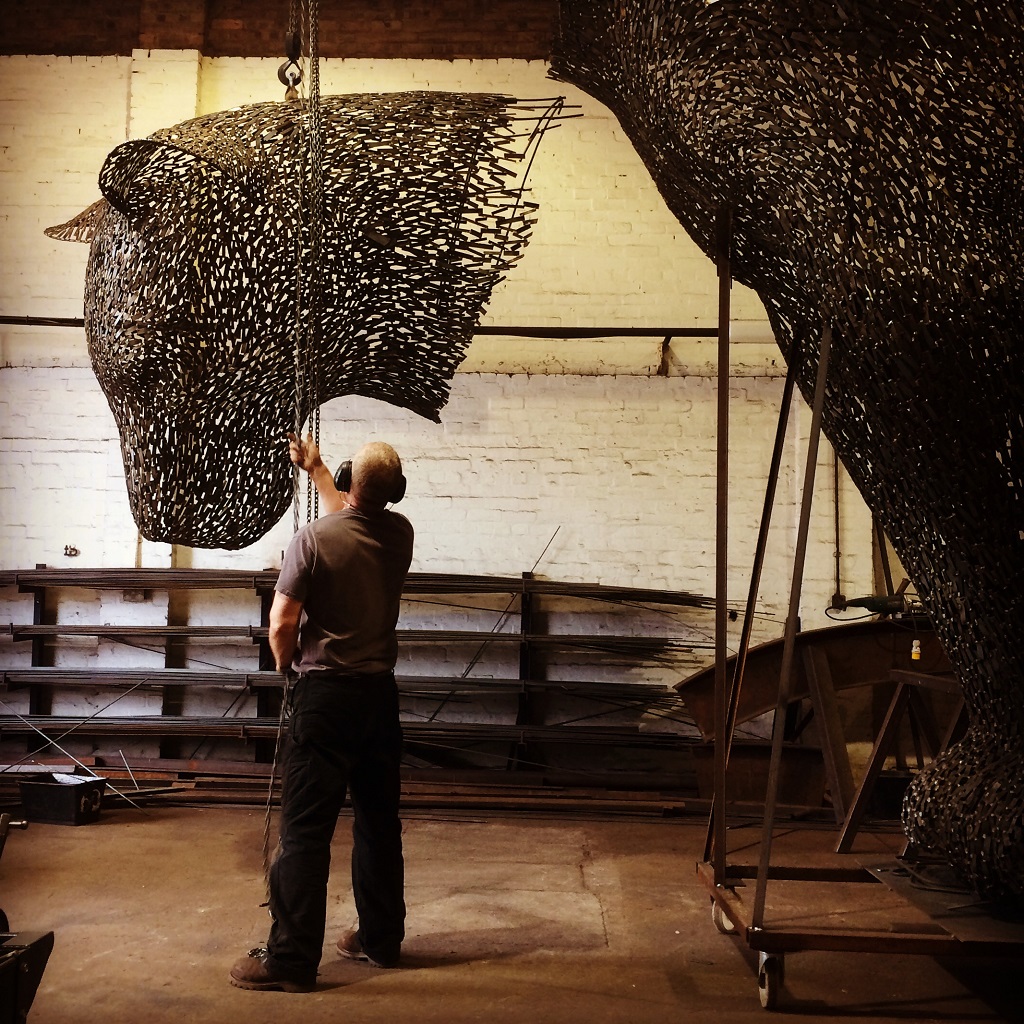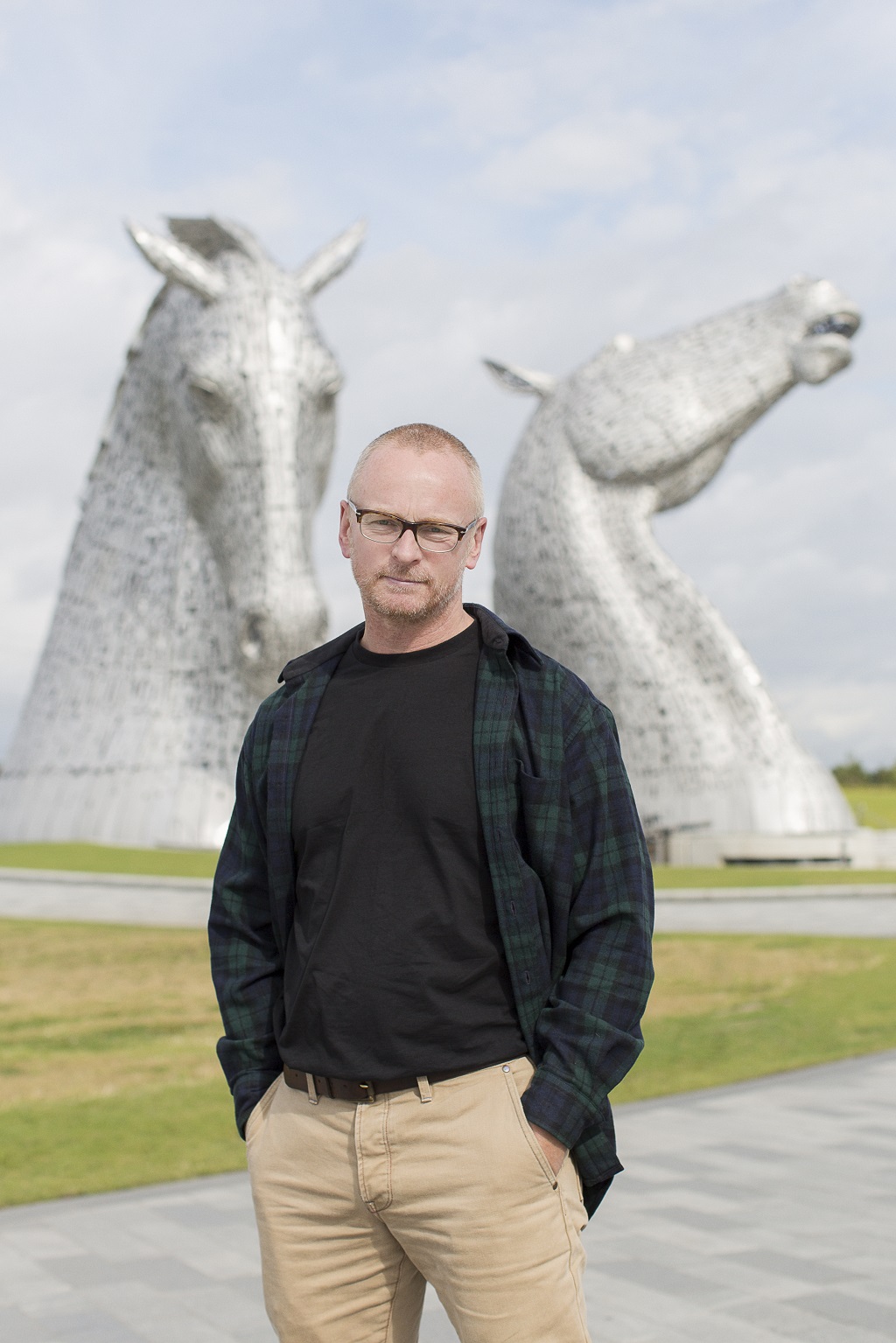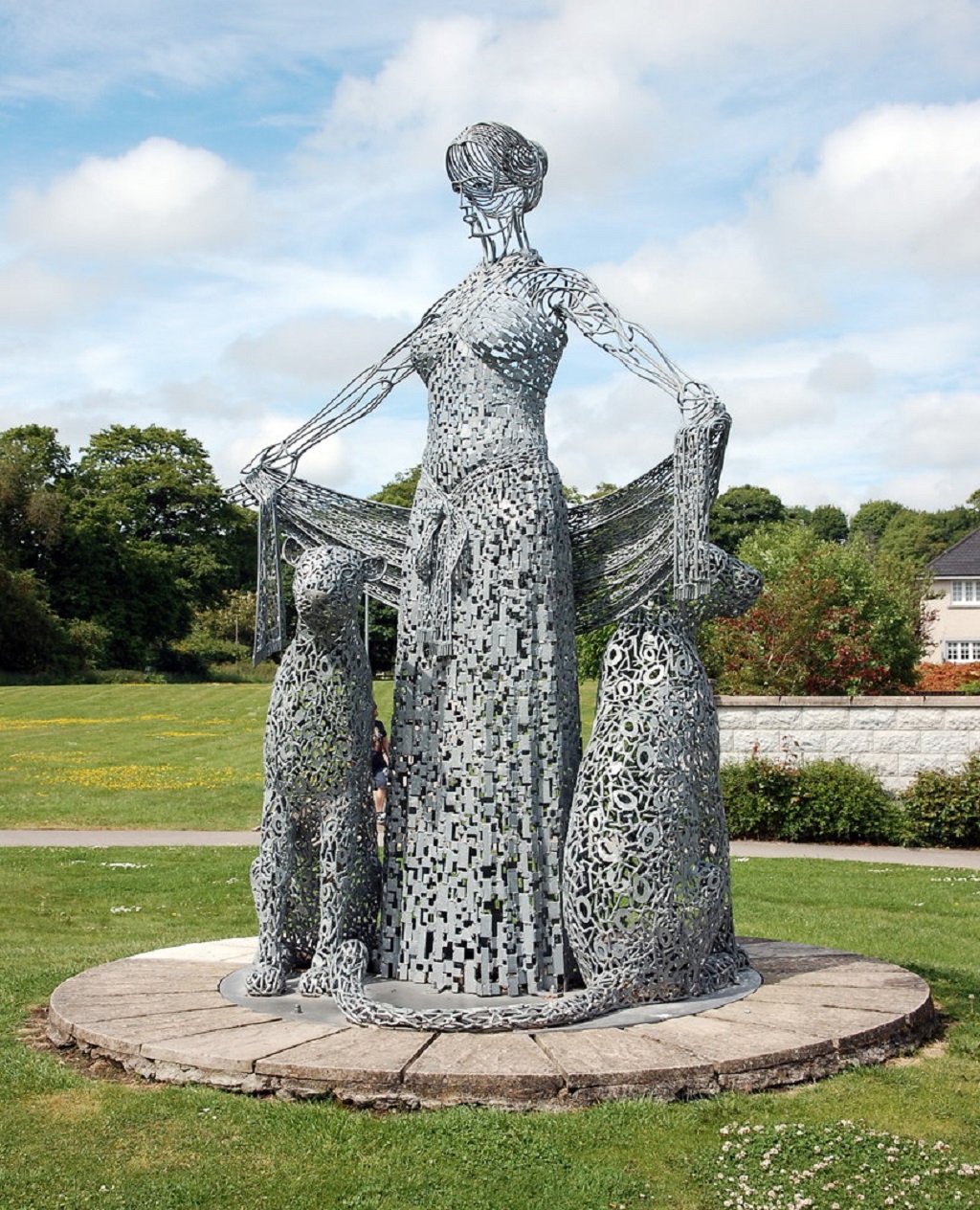
The story of the leopards of Aberdeen
The leopard – a heraldic symbol that has been noted in Aberdeen’s history for centuries.
Pride of place on the Granite City’s coat of arms, two of these exotic creatures prop up the Bon Accord shield.
Of course, many who walk the streets of the north east feel great pride at Aberdeen City and Shire’s heritage, but it is surprising how few of us know the significance of these striking felines.
How have such unusual beasts, standing proudly beside three towers and fleurs-de-lis on the city’s arms, become an intrinsic part of a Scottish city’s culture?
Legend has it, two leopards were bestowed as a gift to to the city by King James I after after his long and ‘compulsory residence’ in England. After being held captive, Aberdeen underwrote the expenses he had incurred during captivity.
Having subsequently been incorporated into the design of the city’s seal, the leopard has remained a prominent symbol in the north east.
Even today, signs of this historic tale endure – when Union Bridge was constructed in the early 19th century, petite leopard statues were placed on top of the railings, and they nobly continue to oversee all that go by.

Andy Scott at work on ‘Poised’ in his studio (Photo: Andy Scott)
Andy Scott, a Scottish sculptor who studied at Glasgow School of Art, has become known in the north east for his latest piece, ‘Poised’ – a magnificent 5 metre high leopard that poses atop a 10 metre steel column and intently observes those walking below.
Weighing in at just over two tonnes, it took thousands of steel fragments to produce the elegant beast.
When he was first tasked with the responsibility of creating a show-stopping centrepiece for the £107m Marischal Square development, the artist was keen to incorporate the city’s heritage into the piece: ‘There was something about the project that immediately told me to revisit the leopard symbolism.
‘The leopards always struck me as incongruous, exotic and somewhat out of place as symbols of a northern European city. But there they are, luckily for me.’
Having created the famous Kelpies at Falkirk and produced astonishing pieces in the likes of New York, Chicago and Sydney, it was an exciting prospect that one of the country’s finest artists should be contributing to the city’s cultural draw.
When commissioned, Andy needed little persuasion to seize the opportunity.

Andy Scott also created at the Kelpies (Photo: Andy Scott)
He said: ‘On my frequent visits to Aberdeen I found the city and its people to be warm and receptive to ideas and it has a lively cultural scene so I was keen to undertake works there – okay, maybe the city wasn’t physically warm, but you know what I mean!
‘Ultimately, it’s very humbling to be asked to create works for public spaces and very rewarding when they are well received.’
Of course, creating such a large piece inevitably has its challenges – balancing a large cat 35 feet up in the air is far from straight forward.
Recalling a nerve-racking moment, Andy remembers when ‘Poised’ was finally dropped on top of its column, ‘only to realise it had swung round to face the wrong way – cue some rather frantic and seriously strenuous attempts at rotating the sculpture while still suspended from a crane.’
Now, with the piece having been in place for over a year, Andy expressed how ‘relieved, grateful, and humbled’ he is that it was received so well.

Mother Earth is another Andy Scott creation in Aberdeenshire (Photo: Bill Harrison)
This was not the first sculpture that Andy produced for Aberdeen though. Also inspired by its leopard heritage, ‘Mother Earth’ is a lesser known creation by the artist. Produced on a tight budget over several months, the sculpture is placed in Grandholm Village and stands on the site of the old Crombie textiles mills – as such, Andy wanted the lady standing by the two feline figures to be wrapped in cloth.
‘I hope they’ve enlivened the environment in their own modest ways. I have noticed how well ‘Poised’ has been received on social media, so I think it has travelled well beyond the boundaries of the city. I just hope it makes Aberdonians even more proud of their city.’
Despite the juxtaposition of exotic cats living on the breezy north east coast, it seems certain that Aberdeen’s leopard motif will remain. Happily, in spite of their far flung origins, they seem very much at home in their beautiful granite surroundings.
TAGS

